![How did birds deliver messages? [RadhaKapadia] How did birds deliver messages? [RadhaKapadia]](https://static.netnaija.com/i/z27W2XbPK5R.webp)
Imagine a world without smartphones, emails, or even postal services. How would you communicate with someone far away?
Long before the digital age, early humans found an ingenious way to send messages over long distances - they used birds! This might sound surprising, but birds, especially pigeons, played a crucial role in communication.
Let's take a journey back in time to see how our ancestors communicated with the help of our feathered friends.
The discovery of messenger birds
The idea of using birds to send messages probably began with simple observations. People noticed that certain birds, especially pigeons, had a strong homing instinct.
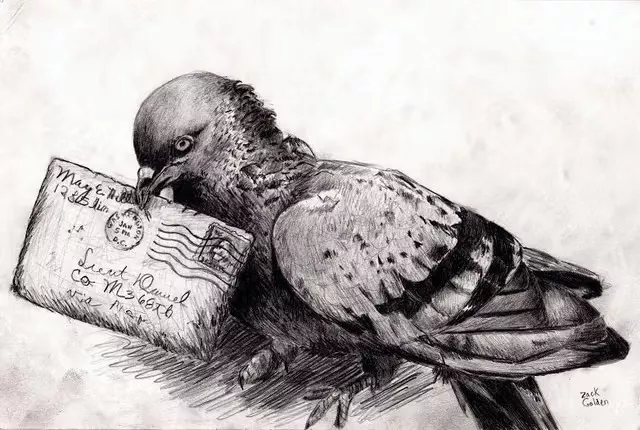
This means they could find their way back to their home no matter how far away they were taken.
Early humans began to experiment with this by taking pigeons with them when they travelled and releasing them to send messages back home. Over time, this practice became more organised and widespread.
Types of birds used
While many birds can be trained, pigeons were the most popular choice for message delivery. Pigeons, also known as homing pigeons or carrier pigeons, have an incredible sense of direction and can fly long distances at high speeds.
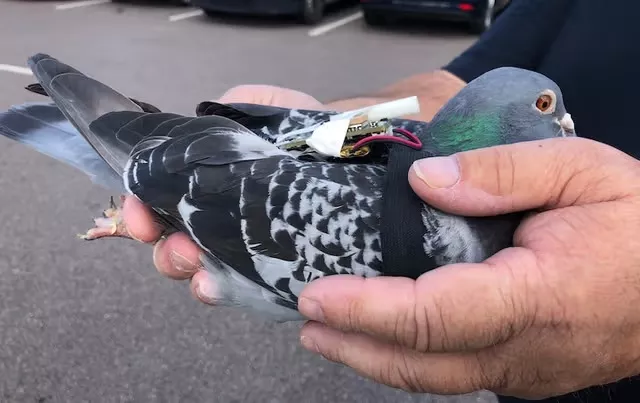
Some other birds used included ravens and swallows, but pigeons were preferred for their reliability and ease of training.
Training the birds
Training a pigeon to carry messages wasn't as difficult as it might seem. Here's a simple step-by-step guide on how early humans did it:
Raising the bird: The pigeon was raised in a loft, which became its home.
Familiarisation: The bird was allowed to fly freely around the loft to become familiar with its home location.
Transport and release: The pigeon was taken to a different location, often in a cage.
Message attachment: A small piece of paper with a message was attached to the pigeon's leg using a tiny tube or capsule.
Release: The pigeon was released, and it would fly back to its home loft.
The pigeon's natural homing instinct would guide it back home, where the recipient could retrieve the message.
The role of pigeons in history
Pigeons played a significant role in many historical events. For example:
Ancient Rome: Romans used pigeons to carry messages across their vast empire.
Middle Ages: Pigeons were used during the Crusades to send messages between armies and commanders.
World Wars: Pigeons were used extensively during both World War I and World War II. They carried important messages when other forms of communication were not possible.
One famous pigeon, named Cher Ami, saved nearly 200 soldiers during World War I by delivering a critical message despite being injured.
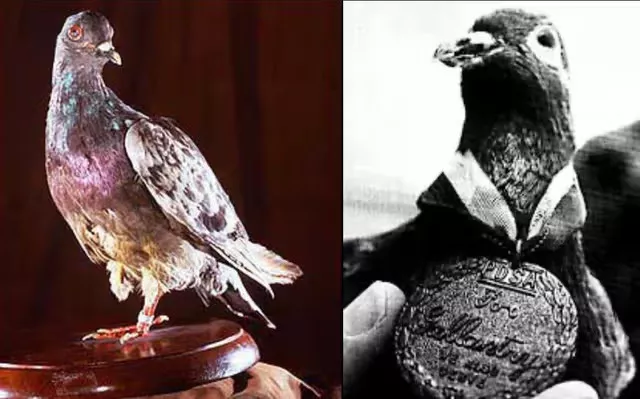
Why pigeons were effective
Pigeons were incredibly effective for several reasons:
Speed: Pigeons can fly at speeds of up to 60 miles per hour.
Distance: They can travel hundreds of miles without getting lost.
Reliability: Pigeons have a remarkable homing ability, rarely failing to return home.
Non-dependence on human control: Unlike other animals, pigeons do not require constant supervision once released.
Modern use and legacy
While technology has mostly replaced pigeons in communication, their legacy lives on. Today, pigeons are still used in some areas for sport and ceremonial purposes. They remind us of a time when human ingenuity found ways to overcome the limitations of their environment.
The use of birds to send messages is a fascinating chapter in the history of communication. Early humans discovered and perfected the art of using pigeons to carry important messages across great distances. These birds provided a reliable, fast, and effective means of communication long before the advent of modern technology.

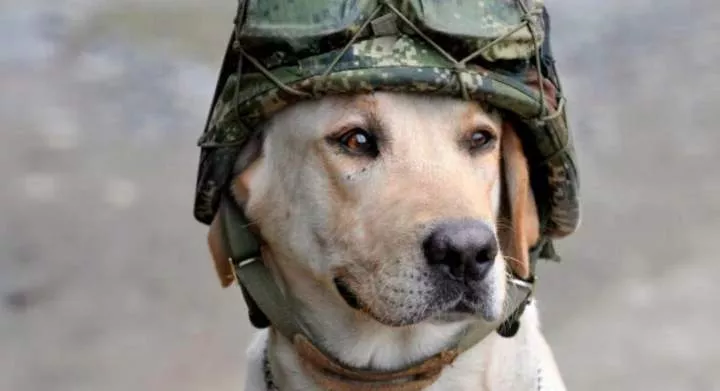
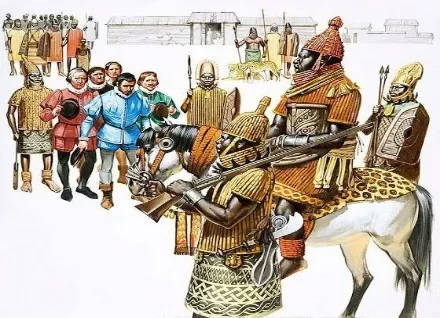












Comments